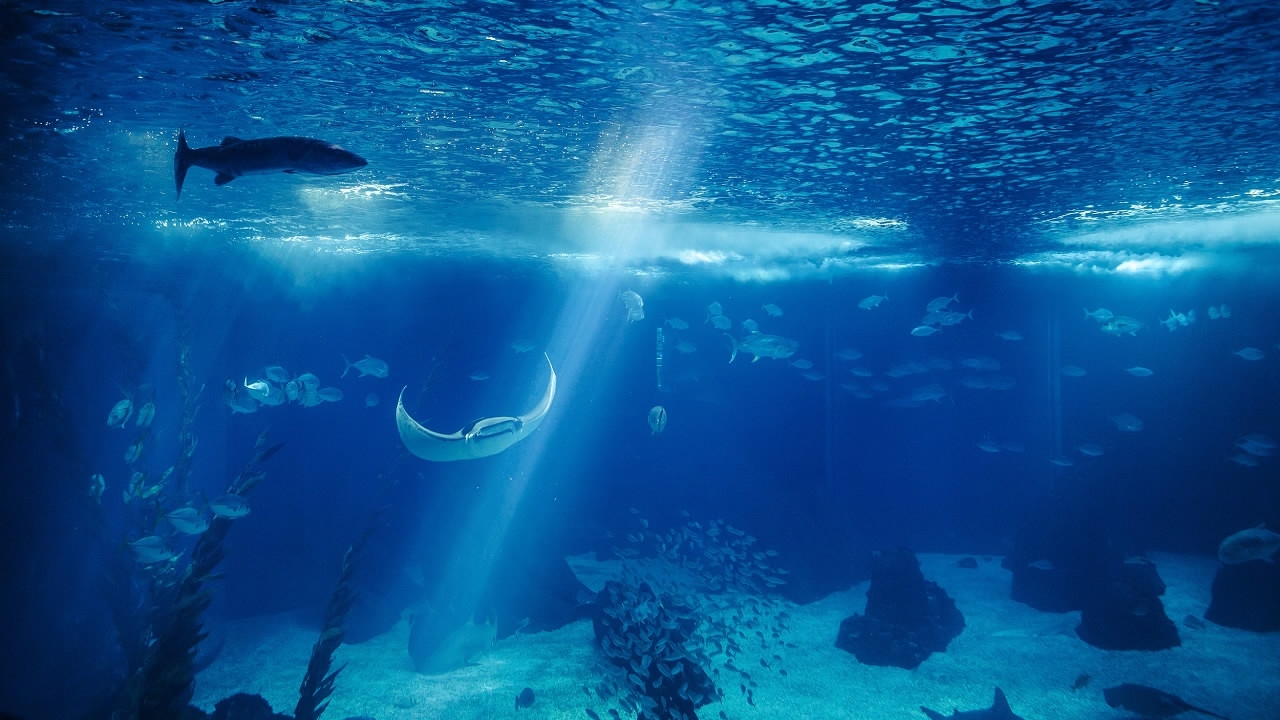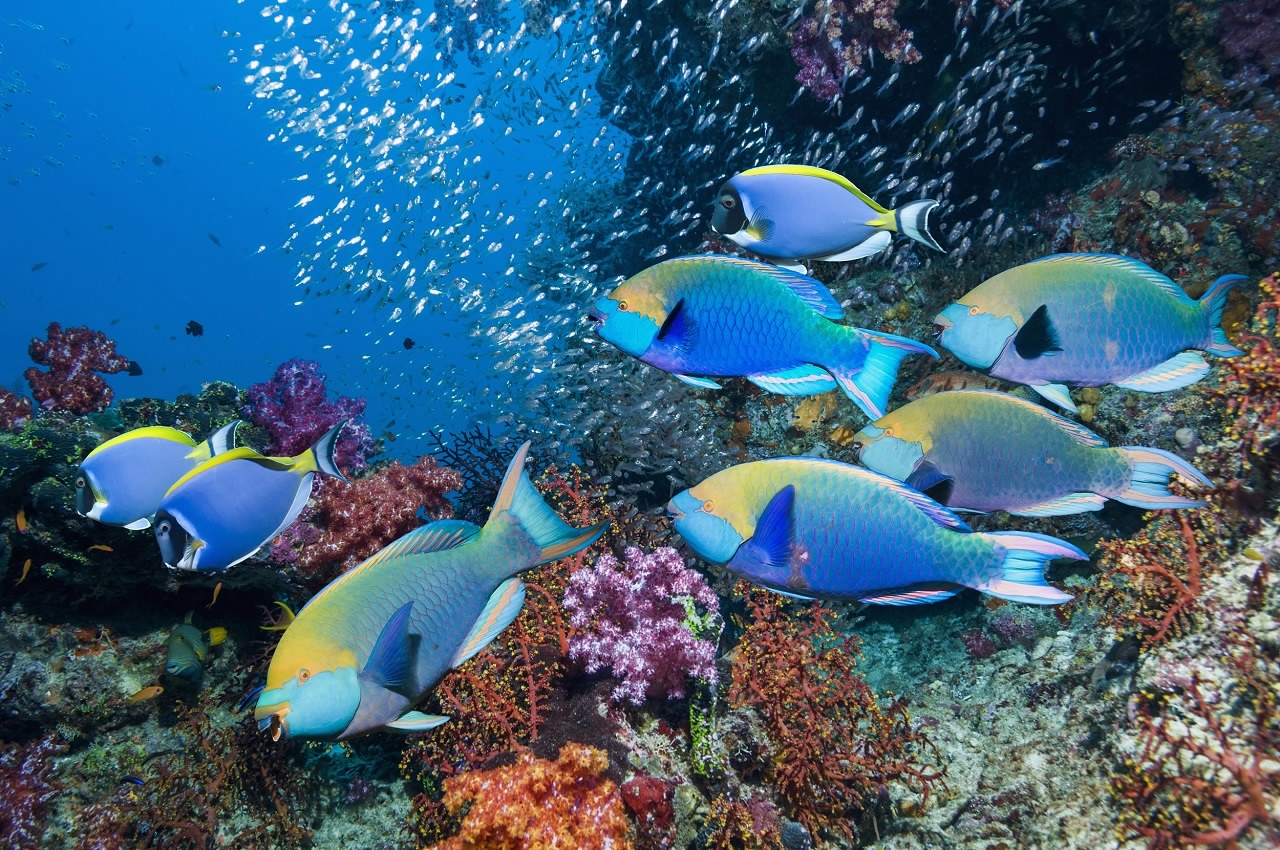
Tech & Sci
22:29, 18-Jun-2017
DNA left by ocean animals helps survey marine ecosystems

Researchers have shown that genetic clues left behind in shed cells, tissues, scales and feces by ocean animals can be used as forensic markers to accurately and easily survey marine life in complex deep-water environments.
Progress has been made by researchers at Stanford University in using DNA analysis to detect ocean animals in waters as deep as 7,200 feet, or nearly 2,200 meters.

A sea turtle swimming in the ocean. /VCG Photo
A sea turtle swimming in the ocean. /VCG Photo
"We want to know what's out there," said Elizabeth A. Andruszkiewicz, a graduate student in Stanford's Department of Civil and Environmental Engineering and lead author of a paper published in PLOS ONE. "Eventually, this technology may answer bigger questions, such as how communities of organisms have adapted to environmental changes over time."
All of the few previous environmental DNA, or eDNA, studies of ocean animals, were done in relatively shallow nearshore environments. Most were done in controlled systems such as saltwater tanks. The study led by Stanford was carried in the deep waters of Monterey Bay, an important ecosystem in the California Current, which flows southward along the western coast of North America.

Monterey Bay, California. /VCG Photo
Monterey Bay, California. /VCG Photo
Collecting eDNA is fairly straightforward, as a basic water sample does the trick, and researchers can archive these samples for long periods by freezing them. The approach promises a faster and less invasive way to measure abundance and distribution of organisms. "This could revolutionize the way we keep track of animals," said study co-author Alexandria Boehm, professor of civil and environmental engineering at Stanford.
The eDNA survey identified 72 species of vertebrates, namely marine fishes, mammals such as elephant seals, humpback whales, sharks and rockfishes, at study sites across 28 miles, or 45 kilometers, of the Monterey Bay National Marine Sanctuary. The researchers found DNA of some creatures, such as sunfishes, salmon, seahorses and mackerel sharks, only in locations where the water was less than 600 feet, or about 183 meters deep. DNA of other animals, such as dolphins and marine smelts, turned up only in waters more than 600 feet deep.

Coral reef with parrot fish. /VCG Photo
Coral reef with parrot fish. /VCG Photo
The shallowest waters held the greatest biodiversity.
Taken as a whole, the findings provide a proof of concept for eDNA as an ocean sleuthing tool.
"It is a remarkably powerful way to answer a simple question: What species are present in space and time in our oceans?" co-author Barbara Block, the Charles and Elizabeth Prothro Professor in Marine Sciences at Stanford, was quoted as saying in a news release. "It could change how we view our planet's marine biodiversity."
(Source: Xinhua)

SITEMAP
Copyright © 2018 CGTN. Beijing ICP prepared NO.16065310-3
Copyright © 2018 CGTN. Beijing ICP prepared NO.16065310-3